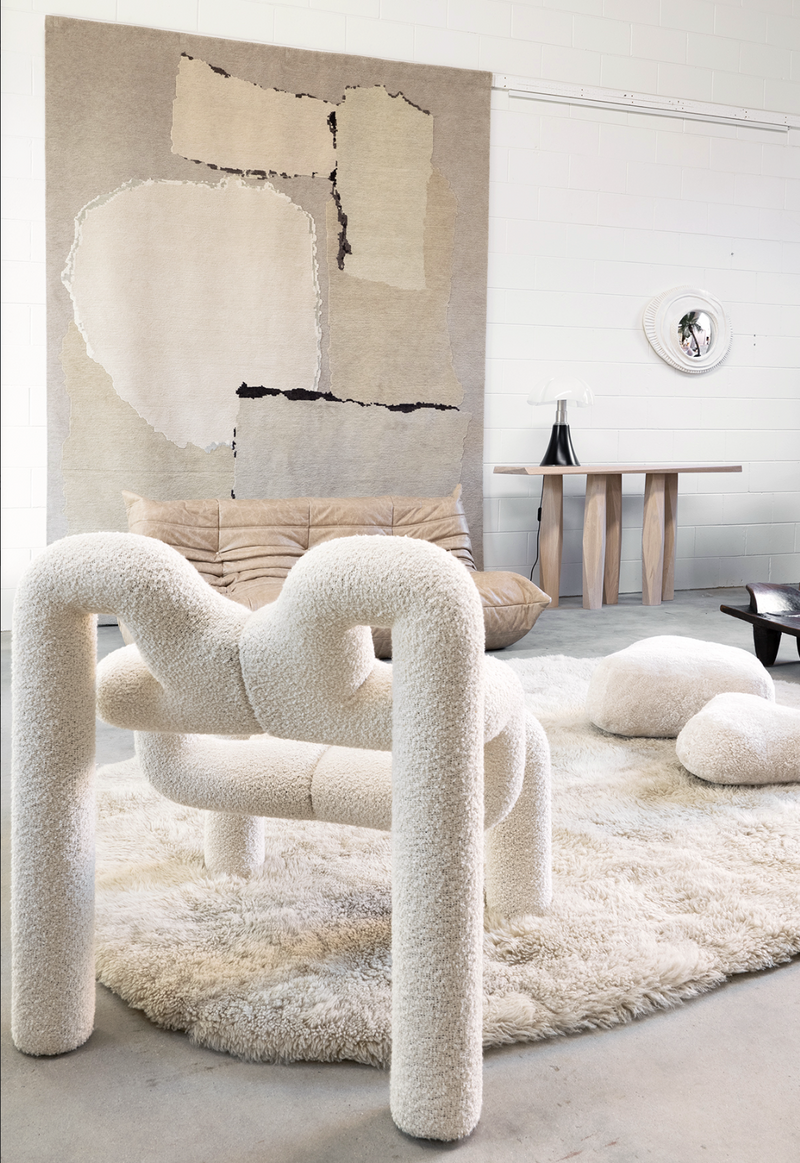AUSTRALIA AND NEW ZEALAND
Shaggy Bean Bags will be shipped prefilled, however the beans do compress over time and topping up is recommended. We don't currently sell beans separately, but we have partnered with Ambient Lounge to offer a 15% discount on your first top up by using the code WILSON DORSET at checkout. For the best experience, we recommend the Premium Ultra-Bean (100% recyclable, high-density beans, available in Australia) or the Premium Bean Filling (for our New Zealand customers). Alternatively, Ecobeans are another great option.
REST OF WORLD
Due to the increased volume (and therefore cost) of the Shaggy Bean Bag when it is filled, we ship international orders unfilled. We do not yet have a directory for bean bag filler internationally, but we understand they are commonly found in DIY and larger craft stores. If you are looking for an online supplier, searching 'bean bag filler' should give you a number of options. You will need about 320 litres to fill your Shaggy Bean Bag.
